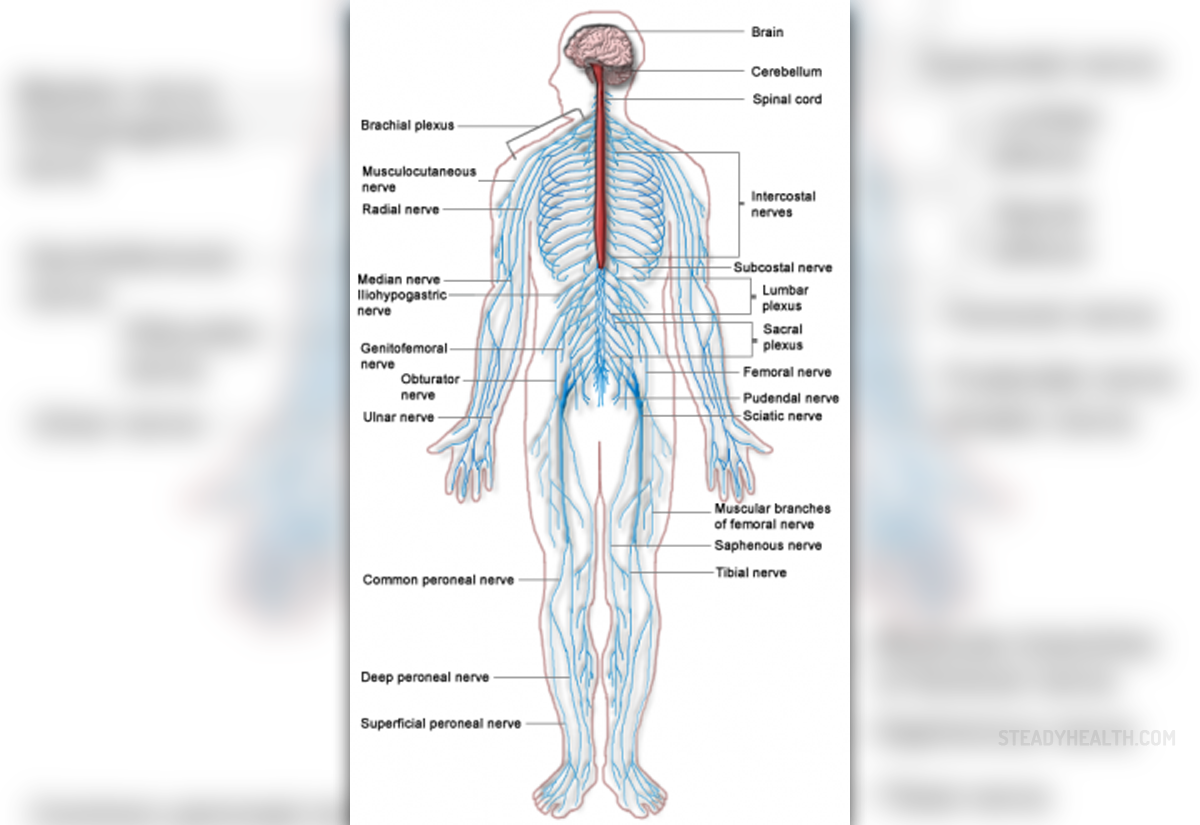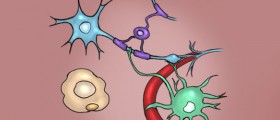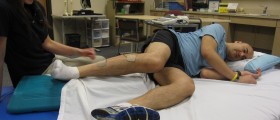
The nervous system is a highly complex organ system that consists of a network of specialized cells, called neurons, which coordinate the actions of the body and transmit signals between different parts of the body.
The human nervous system is such a delicate and complex that it consists of millions and millions of nerve cells. It is estimated that the number of these cells even exceeds the number of stars in the Milky Way. The brain alone is made out of 100 billion neurons. If the neurons of just one human brain were to be lined up, they would for a 600 mile long line.
Structure of the human nervous system
The human nervous system divides on two main parts: the central nervous system ant the peripheral nervous system. The central nervous system is composed from the brain and spinal cord. Central nervous system is, as the name suggests, central control region from which human body processes information and gives out commands.
The peripheral nervous system includes Somatic motor nervous system and the sensory nervous system. The peripheral nervous system consists of nerves that go outside of the brain and the spinal cord. The main function of peripheral nervous system is to connect the central nervous system to the body parts and organs. Peripheral nervous system is further divided into Somatic and autonomic nervous system.
The Somatic nervous system is associated with the voluntary control of body movements, while the autonomic nervous system controls functioning below the level of consciousness (such as contractions of the heart muscle, breathing, perspiration etc.)
How does the human nervous system work?
In a nutshell, the nervous system is a set of neuron connections which transmit information in the form of electrical signals. The brain itself has around 100 billion neurons, and each communicates with thousands of others. Communication between neurons is possible only with the help of chemicals that allow electrical and chemical signaling among different neurons.
There is a great variety of neurons: sensory neurons respond to touch, sound, light and numerous other stimuli affecting cells of the sensory organs. Motor neurons, for example, receive signals from the brain and spinal cord and cause muscle contractions and affect glands. Neurons generate and transmit stimuli from organs to the brain and the spinal cord, and brain processes these stimuli and sends them back to the other parts of the body.
For example, if one accidentally touches a hot oven, the nerves on the skin send a message of pain to the brain. The brain then processes the information and sends a message back telling the muscles in the hand to pull away.










_f_280x120.jpg)



_f_280x120.jpg)
_f_280x120.jpg)
Your thoughts on this
Loading...